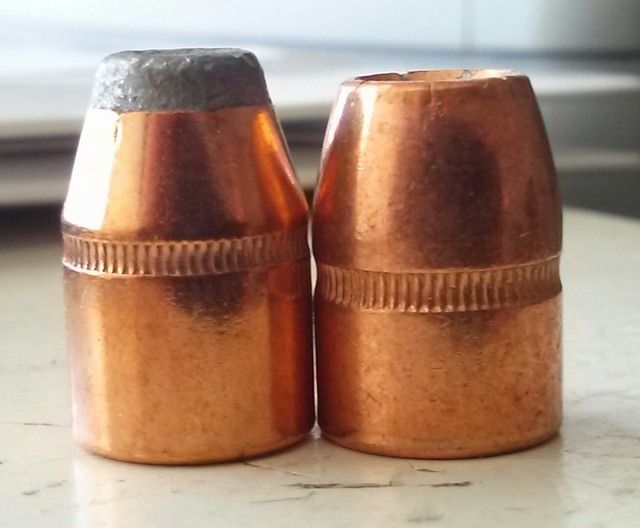I'm wondering why I can't use the formulas for jacketed bullets with the XTP bullets?
You probably can. Just because Hornady doesn't have data for a given powder, doesn't mean you can't use it.
What is your purpose? (defense?, target practice? high recoil practice?)
Are you loading for 44 Magnum (I assume), or 44 Special?
What powders do you have access to?
If we know your purpose; and we know your powder(s); we can get you set up with a combination that works great.
For the record, it seems to me that Hornady is biased toward slow powders. Slower than I care for, in many applications anyway; as I am personally biased toward fast powders
And it's not just a Hornady thing either. Today, I decided that I'm going to load some 45 ACP Speer 200gn TMJ (shaped like a SWC) bullets with TiteGroup. So I opened up Speer #14, and there was no data for TG. I went on the interweb and looked it up on Hodgdon's site, and they had 200 JHP data, but not for the Speer TMJ. But it gave me a good starting point. I'll be loading them up tomorrow. So it happens; often, actually.
I have Hornady, Sierra, and Speer manuals. And I have Hornady, Sierra, and Speer bullets. I bet if I went to my inventory of loaded ammo with those three brand bullets, less than half of them would be loaded with a powder listed in their manuals. We loaders do a lot of powder improvising.

